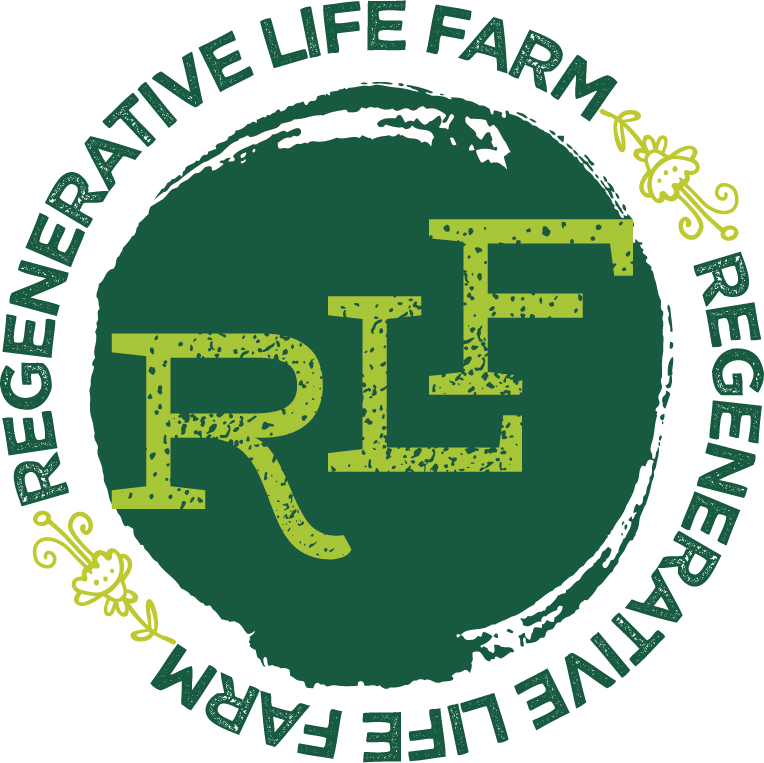Archaea and Bacteria
This appeared in the January 27, 2022 edition of The Fish Wrap.
We continue our expedition through the soil food web with Bacteria and Archaea. At around 5 million trillion on earth, these single-celled primitive creatures vastly outnumber all other life forms. Though they are comfortable living in the most extreme environments, they appear virtually everywhere, including in healthy soil. Bacteria and Archaea are the oldest life forms on earth. When people talk about primordial soup, they’re talking about these guys.
Both Archaea and Bacteria play a crucial role at the heart of the soil food web. They obtain energy from inorganic compounds like light, chemicals and minerals, and byproducts of their metabolism become food for other living things in the soil. Archaea play a role in the carbon and nitrogen cycles. Bacteria are key for recycling carbon, sulfur and nitrogen. Both are decomposers who convert the energy in dead or toxic matter into forms useful to plants.
From our galaxy-sized view, Archaea and Bacteria look very similar, but they are different enough to be separated into their own kingdoms. The differences are 1. Metabolism, with some archaea metabolizing in low-oxygen environments and producing methane gas. 2. Photosynthesis, which some Bacteria but no Archaea are capable of and 3. Reproduction with only bacteria using spores to reproduce. Both are extremophiles, but archaea turn up in far more extreme places like near the center of the earth.
While we are farming above ground, a different type of farming is going on in the region surrounding a plant’s roots where microbes (bacteria and archaea) live and contribute to the health of the plant. In the rhizophagy cycle, plants cultivate microbes by secreting compounds to grow and attract them. The microbes enter the root cells where the plants extract nutrients from them. The microbes are then released back into the soil to gather more nutrients.
